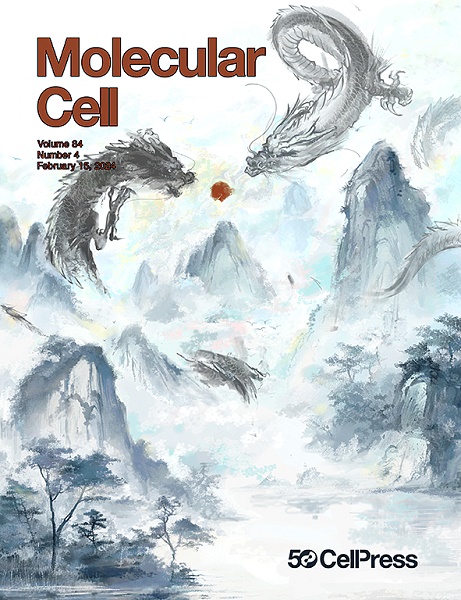Widespread variation in molecular interactions and regulatory properties among transcription factor isoforms
IF 14.5
1区 生物学
Q1 BIOCHEMISTRY & MOLECULAR BIOLOGY
引用次数: 0
Abstract
Most human transcription factor (TF) genes encode multiple protein isoforms differing in DNA-binding domains, effector domains, or other protein regions. The global extent to which this results in functional differences between isoforms remains unknown. Here, we systematically compared 693 isoforms of 246 TF genes, assessing DNA binding, protein binding, transcriptional activation, subcellular localization, and condensate formation. Relative to reference isoforms, two-thirds of alternative TF isoforms exhibit differences in one or more molecular activities, which often could not be predicted from sequence. We observed two primary categories of alternative TF isoforms: “rewirers” and “negative regulators,” both of which were associated with differentiation and cancer. Our results support a model wherein the relative expression levels of, and interactions involving, TF isoforms add an understudied layer of complexity to gene regulatory networks, demonstrating the importance of isoform-aware characterization of TF functions and providing a rich resource for further studies.

大多数人类转录因子(TF)基因可编码多种蛋白质同工型,这些同工型在 DNA 结合结构域、效应结构域或其他蛋白质区域存在差异。这在多大程度上导致了同工酶之间的功能差异仍是未知数。在这里,我们系统比较了 246 个 TF 基因的 693 个同工型,评估了 DNA 结合、蛋白结合、转录激活、亚细胞定位和凝集物形成。与参考同工酶相比,三分之二的替代 TF 同工酶在一种或多种分子活性上表现出差异,而这些差异往往无法通过序列预测。我们观察到两种主要的替代 TF 异构体:"它们都与分化和癌症有关。我们的研究结果支持这样一个模型,即 TF 同工酶的相对表达水平及其相互作用为基因调控网络增加了一层未被充分研究的复杂性,这证明了对 TF 功能进行同工酶表征的重要性,并为进一步研究提供了丰富的资源。
本文章由计算机程序翻译,如有差异,请以英文原文为准。
求助全文
约1分钟内获得全文
求助全文
来源期刊

Molecular Cell
生物-生化与分子生物学
CiteScore
26.00
自引率
3.80%
发文量
389
审稿时长
1 months
期刊介绍:
Molecular Cell is a companion to Cell, the leading journal of biology and the highest-impact journal in the world. Launched in December 1997 and published monthly. Molecular Cell is dedicated to publishing cutting-edge research in molecular biology, focusing on fundamental cellular processes. The journal encompasses a wide range of topics, including DNA replication, recombination, and repair; Chromatin biology and genome organization; Transcription; RNA processing and decay; Non-coding RNA function; Translation; Protein folding, modification, and quality control; Signal transduction pathways; Cell cycle and checkpoints; Cell death; Autophagy; Metabolism.
 求助内容:
求助内容: 应助结果提醒方式:
应助结果提醒方式:


